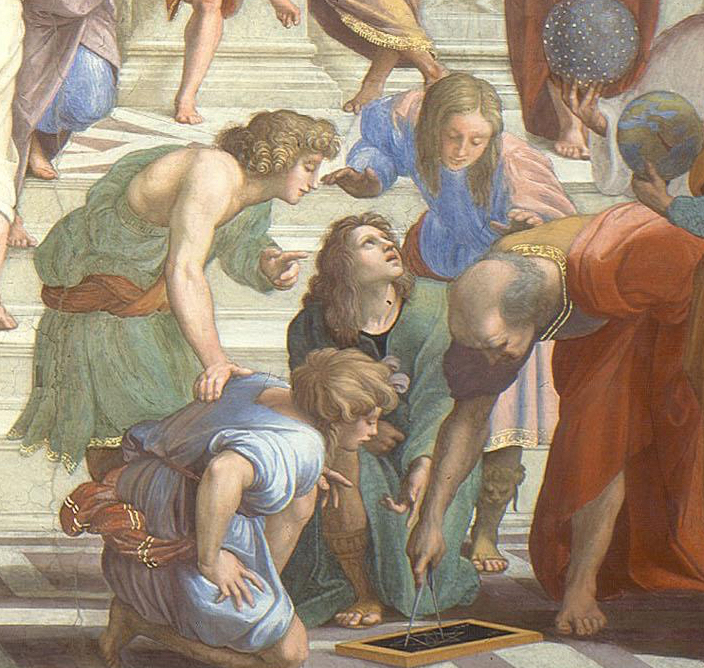The Jazz Flute
(image by rsaburger)
In a now-notorious put-down, Miles Davis was once heard to utter the remark, "Kid stuff. Get serious. Flute jazz." I suspect he was referring to Herbie Mann's music, a kind of jazz that deliberately set out to be upbeat, bouncy, and happy. Not Miles's cup of tea at all.
But Davis was just spelling out clearly a feeling that was widespread among jazz musicians and audience. "Not to put too fine a point on it," said critic Neil Tesser, "the flute lacks balls." From this vantage point, jazz instrumental plays is a man's world, with hard-driving brass instruments leading the pack. The lovely, thin, silver-voiced flute is a feminine outsider with a delicate upbringing in salons and elegant chamber music.
The story was different in Brazil. There, Pixinguinha made his flute the lead instrument in some of Brazil's most popular music ensembles, beginning with Oito Batutas of the 1910-1940 era. In the 1940s he had to switch to saxophone because of lip problems; but there was never any question, in Brazil, of the ability of the flute to convey spirit. At Pixinguinha's funeral in 1973, thousands of people gathered at the ceremony to sing his "Carinhoso," composed originally as a flute lead.
Pixinguinha
In North America, the flute had always been a doubler's instrument: something that a player pulled out for ballads, or maybe a novelty effect. But, in an unamplified venue with a hard-swinging combo, the flute -- in addition to the putative shortcoming noted above -- just couldn't be heard.
Herbie Mann was the first major jazz musician to choose the flute as his primary ax. Even so, he had started as a tenor player, and his tone always betrayed the quality of a musician for whom the flute was a second language. Nevertheless, Mann deserves the credit for many upbeat recordings in an amazing variety of world-music settings, and for being the first major North American musician to commit fully to the flute as his voice in jazz.
Herbie Mann
In the 1960s, two musicians came along who changed the situation for ever: Jeremy Steig and Hubert Laws. The flute was the primary instrument for both men; and each brought a distinctive quality that earned respect for the flute in jazz settings.
Steig solved the "lovely sound" image by adding a buzzing vocalization to his already hard-driving bebop vocabulary. Steig had injured his lip in a motorcycle accident -- for many years he had to play with a piece of balsawood jammed between gums and lip in order to get any embouchure at all -- so classical purity of tone was out of the question, even if he had wanted it. Steig was not the first flutist to use vocalization -- which also adds a second harmonic line to the solo, in addition to giving the timbre a distinctive raspiness -- but he was the first and the best to make is a trademark, an integral part of his solos, and not just a novelty trick. "Oleo" on the album Flute Fever is one of the great moments of jazz flute on record.
Jeremy Steig
Hubert Laws obtained his power by the legit route. Classically trained at Julliard, he had (and still has) a strong, well-supported tone and a firm control over technique. As a spiritual man, he also conveyed an intense and genuine righteousness that carry conviction. Laws's classic solo on Coltrane's "Moment's Notice" -- in my view, his single best recorded solo -- brings together all of his virtues: clear tone, matchless technique, and power derived from clear vision and a firm sense of direction.
Hubert Laws
The 1980s saw a new kind of musician enter the jazz world: the classically-trained virtuoso performing jazz-inspired music. Jean-Pierre Rampal's performance of the Claude Bolling suites for flute and jazz piano led the way, and many others followed: Alain Marion, Paula Robison, James Galway, Jim Walker, and others. Many of these flutists were basically playing classical music written in a jazz mode. They did not take solos; and purists might object to the by-the-book swing of their style. But some of the musicians do improvise, and do it well. And even in the case of those who don't, many of the performances are bright and spirited music.
I can't see any definite trend emerging right now. There has been an influx of Latin American flute players into the jazz scene; and some of them, especially Nestor Torres, are excellent musicians with important things to say on the flute. But right now, I don't see any epochal changes in the works. Perhaps Raja Ram's involvement with the techno and trace scene will have a major impact on future collaboration with electronic dance music; but it's too early to tell whether the analog flute has a role to play in digitally-generated music.
(Written March 9, 2000)








